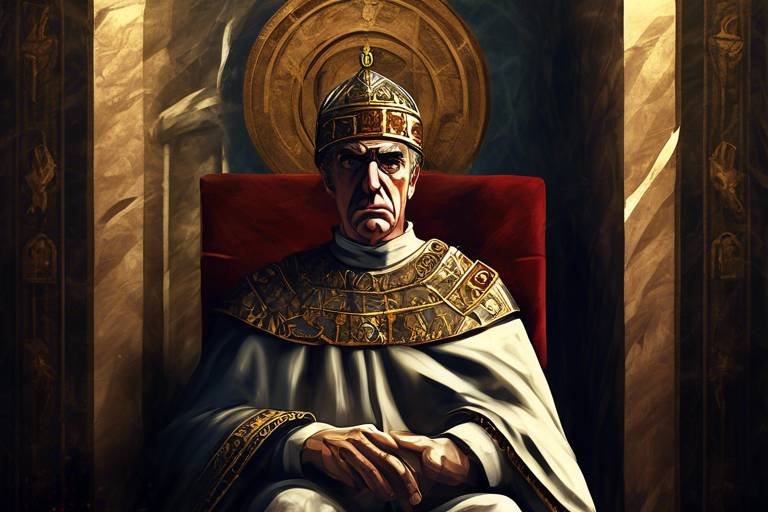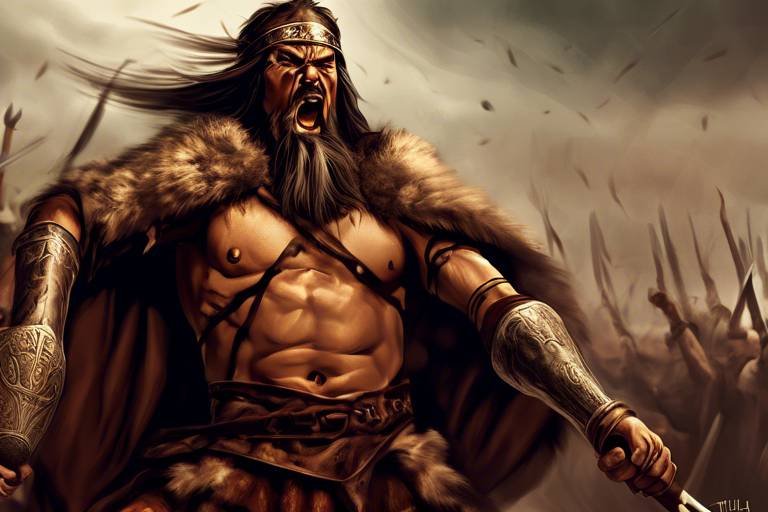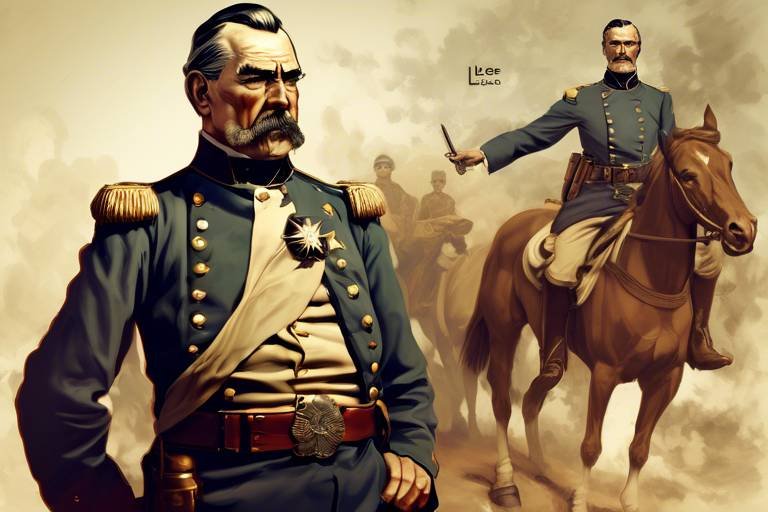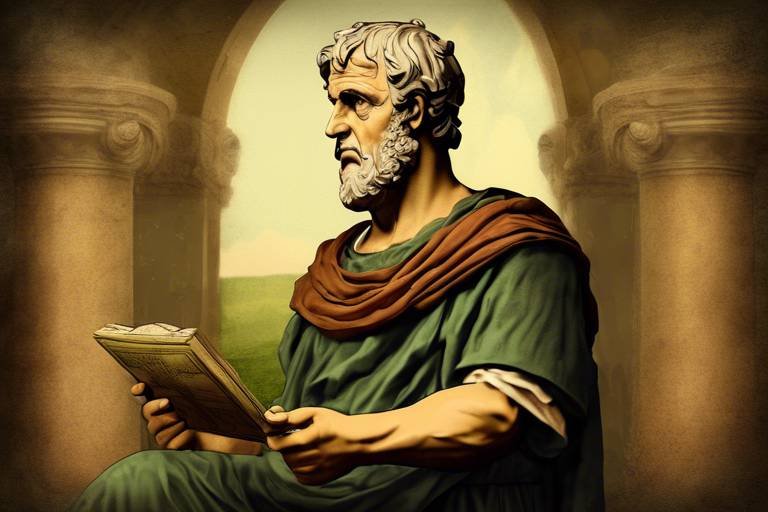Francisco Pizarro: The Conqueror of the Incas
Francisco Pizarro, known as the Conqueror of the Incas, was a Spanish conquistador whose name is etched in the annals of history for his pivotal role in the downfall of the mighty Inca Empire in Peru during the tumultuous 16th century. His daring exploits and strategic conquests reshaped the course of South American history, leaving a lasting impact that reverberates to this day.
Born into humble beginnings in Trujillo, Spain, Pizarro's early life was marked by poverty and hardship. However, these challenges only fueled his ambition and thirst for adventure, setting the stage for his remarkable journey to the New World and his fateful encounter with the Inca civilization.
Setting sail for South America in search of riches and glory, Pizarro embarked on a treacherous expedition that would forever alter the fate of the region. Venturing into uncharted territories, he and his men faced untold dangers, harsh climates, and fierce resistance from the indigenous peoples they encountered.
It was during this tumultuous time that Pizarro and his expedition stumbled upon the legendary Inca Empire, a vast and powerful civilization ruled by the enigmatic Emperor Atahualpa. The clash of these two worlds would set the stage for a dramatic confrontation that would shake the foundations of the empire to its core.
Employing cunning strategies and exploiting internal divisions within the Inca Empire, Pizarro orchestrated a series of military campaigns that culminated in the capture of Atahualpa and the eventual downfall of the Inca forces. With the empire in disarray, Pizarro swiftly moved to establish Spanish dominance, paving the way for the colonization and exploitation of the region.
The aftermath of Pizarro's conquest was marked by the brutal imposition of Spanish colonial rule, leading to widespread devastation and upheaval among the indigenous population. The once-great Inca Empire was reduced to a mere shadow of its former self, its riches plundered and its people subjected to oppression and exploitation.
Despite his undeniable success as a conqueror, Pizarro's legacy is a complex and controversial one. While some view him as a daring explorer and visionary leader, others condemn his ruthless tactics and disregard for human life. The debate over his actions continues to stir heated discussions among historians and scholars to this day.
Within the broader context of Spanish exploration and expansion in the New World, Pizarro's conquest of the Inca Empire stands as a testament to the audacity and ambition of the conquistadors who sought to carve out empires in distant lands. His legacy, fraught with both triumph and tragedy, serves as a stark reminder of the enduring impact of colonialism on the indigenous peoples of the Americas.
In his final years, Pizarro found himself embroiled in a bitter power struggle with rival factions, leading to his eventual assassination in Lima. Despite his ignoble end, the legacy of Francisco Pizarro endures as a symbol of the tumultuous era of conquest and exploration that forever altered the course of history.
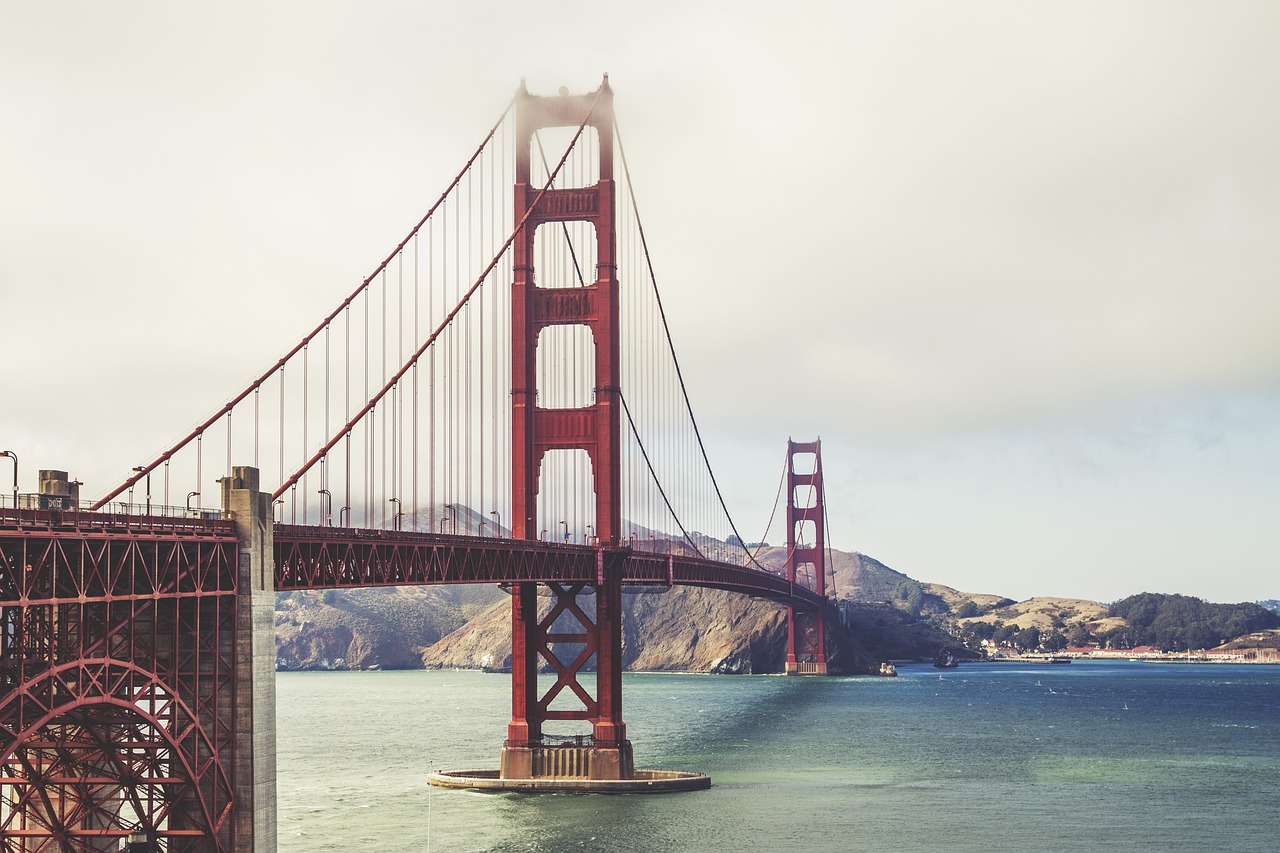
Early Life and Background
Exploring the life and conquests of Francisco Pizarro, the Spanish conquistador who played a significant role in the fall of the Inca Empire in Peru during the 16th century.
Francisco Pizarro's early life was marked by humble beginnings in Trujillo, Spain. Born into poverty, he grew up without formal education and worked as a swineherd in his youth. Despite his lack of privilege, Pizarro's ambition and determination set him apart from his peers. His experiences herding pigs in the rugged terrain of Extremadura instilled in him a sense of resilience and adaptability that would prove invaluable in his future conquests.
As a young man, Pizarro heard tales of the riches and opportunities in the New World, fueling his desire for adventure and wealth. He joined several expeditions to the Americas, including voyages with Vasco Núñez de Balboa and Alonso de Ojeda, where he honed his skills as a soldier and explorer. These formative experiences shaped Pizarro's aspirations and prepared him for the challenges that lay ahead.
Detailing Pizarro's journey to South America, his encounters with the Inca civilization, and the challenges he faced in establishing Spanish dominance.
Describing the pivotal moments when Pizarro and his men first encountered the powerful Inca Empire led by Emperor Atahualpa.
Explaining the strategies and tactics employed by Pizarro to defeat the Inca forces and ultimately conquer their vast empire.
Discussing the aftermath of Pizarro's conquest, including the establishment of Spanish colonial rule in the region and its impact on the indigenous population.
Examining the legacy of Francisco Pizarro, the controversies surrounding his actions, and the lasting effects of his conquest on the history of South America.
Exploring Pizarro's role in the broader context of Spanish exploration and expansion in the New World during the Age of Discovery.
Reflecting on the final years of Francisco Pizarro's life, his struggles for power, and the circumstances surrounding his eventual assassination.
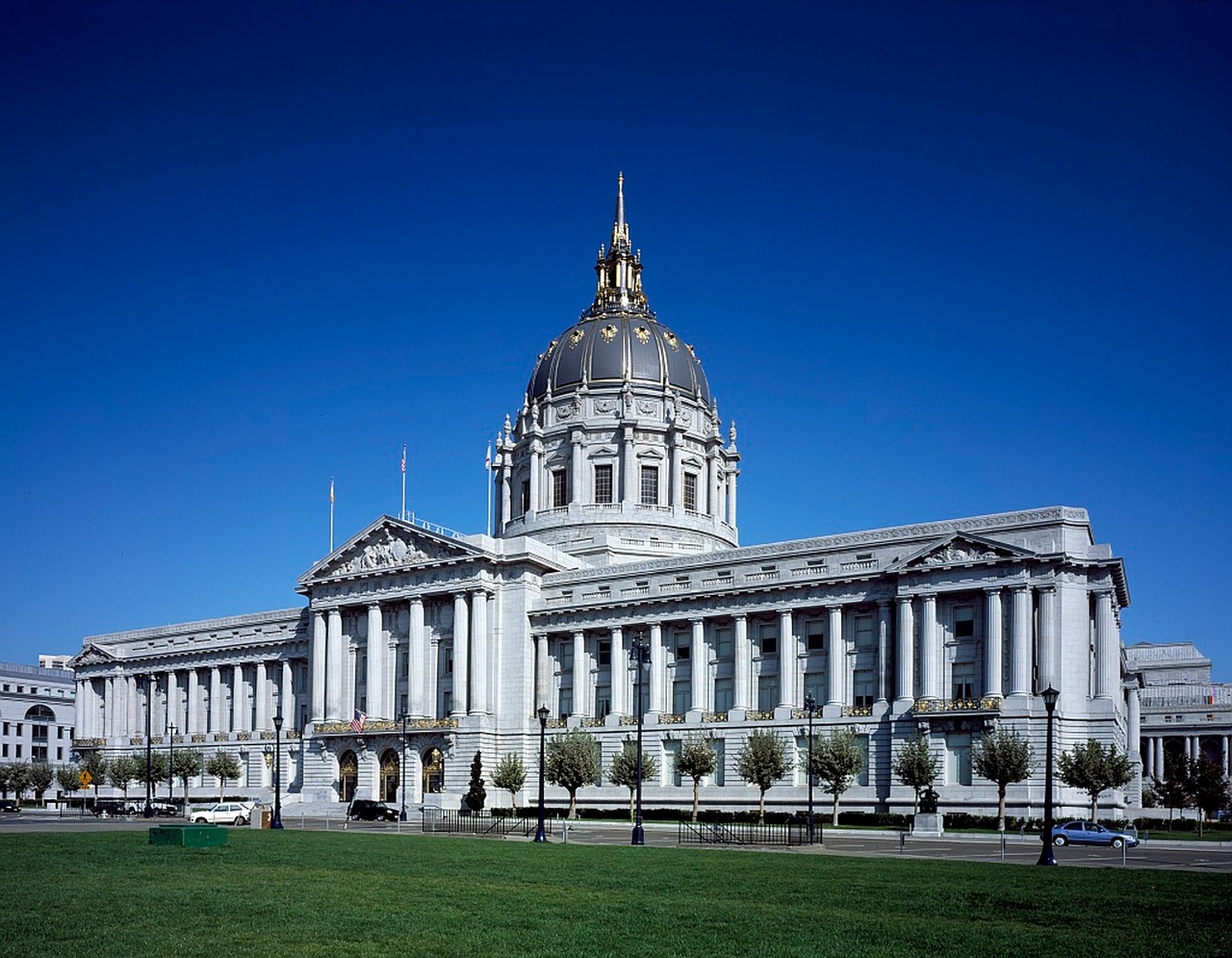
Expedition to South America
Embark on a thrilling journey as we delve into Francisco Pizarro's daring expedition to South America. Setting sail from Spain in search of riches and glory, Pizarro and his men braved the treacherous waters of the Atlantic Ocean, their eyes set on the uncharted lands of the New World. The unknown beckoned, promising adventure and untold fortunes to those bold enough to seize them.
Upon reaching the shores of South America, Pizarro faced a harsh and unforgiving landscape, teeming with exotic flora and fauna. The dense jungles and towering mountains presented formidable obstacles, testing the resolve and resourcefulness of the Spanish conquistadors. Yet, fueled by ambition and a thirst for conquest, Pizarro pressed on, determined to carve out a place in history for himself and his men.
As they ventured deeper into the heart of the continent, Pizarro and his expedition encountered indigenous tribes with rich cultures and ancient traditions. Communication barriers and cultural differences posed challenges, but Pizarro saw opportunity in the diversity of the land, envisioning a future where Spanish influence would reign supreme.
The path to glory was fraught with danger, as the conquistadors faced fierce resistance from the native populations who fiercely defended their territories. Battles were fought, alliances forged, and betrayals avenged as Pizarro navigated the complex web of politics and power dynamics that defined the New World.
Through sheer determination and strategic cunning, Pizarro established a foothold in South America, laying the foundation for Spanish dominance in the region. His expedition was not just a quest for conquest, but a bold declaration of Spain's ambition to expand its reach beyond the confines of Europe.
Join us as we unravel the epic tale of Francisco Pizarro's expedition to South America, a saga of courage, ambition, and the relentless pursuit of greatness in the face of uncertainty and adversity.
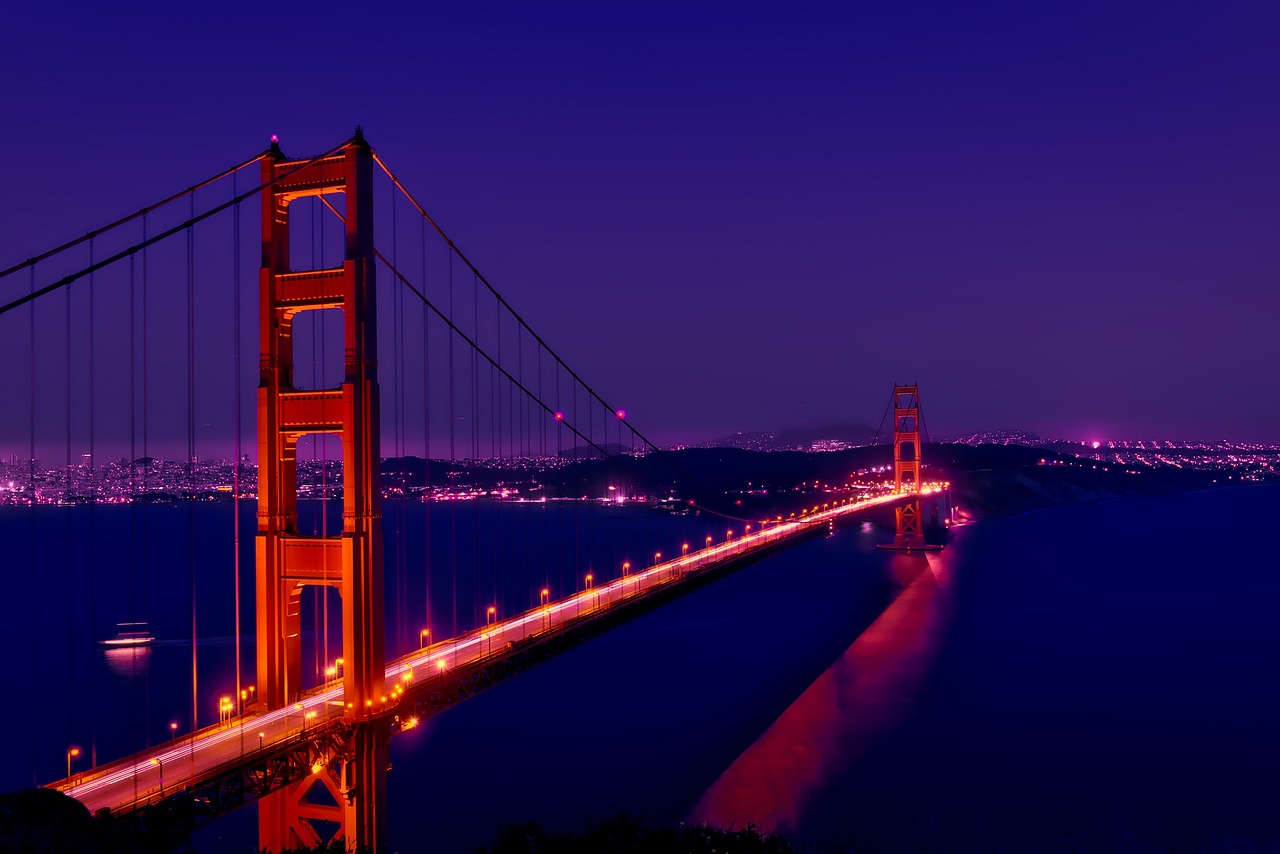
Encounter with the Inca Empire
When Francisco Pizarro and his small band of conquistadors first set foot in the land of the Inca Empire, they were met with awe-inspiring sights and formidable challenges. The towering mountains, lush valleys, and intricate cities of gold all lay before them, a testament to the wealth and power of the Inca civilization. As they ventured deeper into this unknown territory, the Spanish explorers could feel the weight of history upon their shoulders, knowing that their encounter with the Inca Empire would forever alter the course of both empires.
Amidst the grandeur of the Inca Empire, Pizarro and his men faced the daunting task of navigating a complex and sophisticated society ruled by the powerful Emperor Atahualpa. The Inca people, with their advanced knowledge of agriculture, engineering, and governance, presented a formidable adversary to the Spanish conquistadors. Yet, fueled by their thirst for glory and gold, Pizarro's men pressed on, determined to conquer this magnificent empire and claim its riches for Spain.
As the Spanish forces advanced further into Inca territory, they were met with both awe and resistance from the indigenous population. The Inca warriors, armed with their traditional weapons and fierce determination, stood ready to defend their land and their way of life against the foreign invaders. Battles were fought, alliances were formed and broken, and the fate of two civilizations hung in the balance.
Despite the overwhelming odds against them, Pizarro and his men persevered, using their superior weaponry, tactics, and strategic alliances to gain the upper hand in their encounters with the Inca Empire. Through a combination of military might, political cunning, and sheer audacity, the Spanish conquistadors were able to outmaneuver and outwit their Inca foes, ultimately leading to the downfall of the once-mighty empire.
Thus, the encounter between Francisco Pizarro and the Inca Empire was not just a clash of civilizations, but a pivotal moment in history that forever changed the course of South America. The legacy of that fateful meeting continues to resonate to this day, serving as a reminder of the power of exploration, conquest, and the enduring impact of human ambition.

The Fall of the Inca Empire
As Francisco Pizarro set his sights on conquering the Inca Empire, he faced numerous challenges and strategic decisions that would ultimately lead to the fall of this powerful civilization. The clash between the Spanish conquistadors and the Inca forces marked a turning point in the history of South America, forever altering the fate of the indigenous peoples and shaping the course of colonial rule.
One of the key factors in the fall of the Inca Empire was the internal divisions within the Inca leadership. Atahualpa, the Inca Emperor, was engaged in a civil war with his brother Huascar when Pizarro and his men arrived on the scene. This internal strife weakened the Inca forces and created an opportune moment for the Spanish conquistadors to exploit the situation and advance their conquest.
Upon encountering the Inca Empire, Pizarro employed a combination of military prowess, strategic alliances with local tribes hostile to the Incas, and advanced weaponry to gain the upper hand. The Inca armies, though vast in number, were no match for the Spanish forces equipped with firearms, steel armor, and war horses, technologies unfamiliar to the Inca warriors.
One of the most infamous events during the fall of the Inca Empire was the capture and subsequent execution of Emperor Atahualpa. Despite paying an enormous ransom in gold and silver to secure his release, Pizarro ultimately ordered Atahualpa's execution, eliminating a significant obstacle to Spanish domination and sending shockwaves throughout the Inca Empire.
As the Spanish forces continued their campaign of conquest, they exploited the internal divisions and vulnerabilities of the Inca Empire, strategically targeting key cities and strongholds. Through a combination of military might, political maneuvering, and alliances with local factions, Pizarro and his men gradually dismantled the once-mighty Inca Empire, paving the way for Spanish colonial rule in the region.
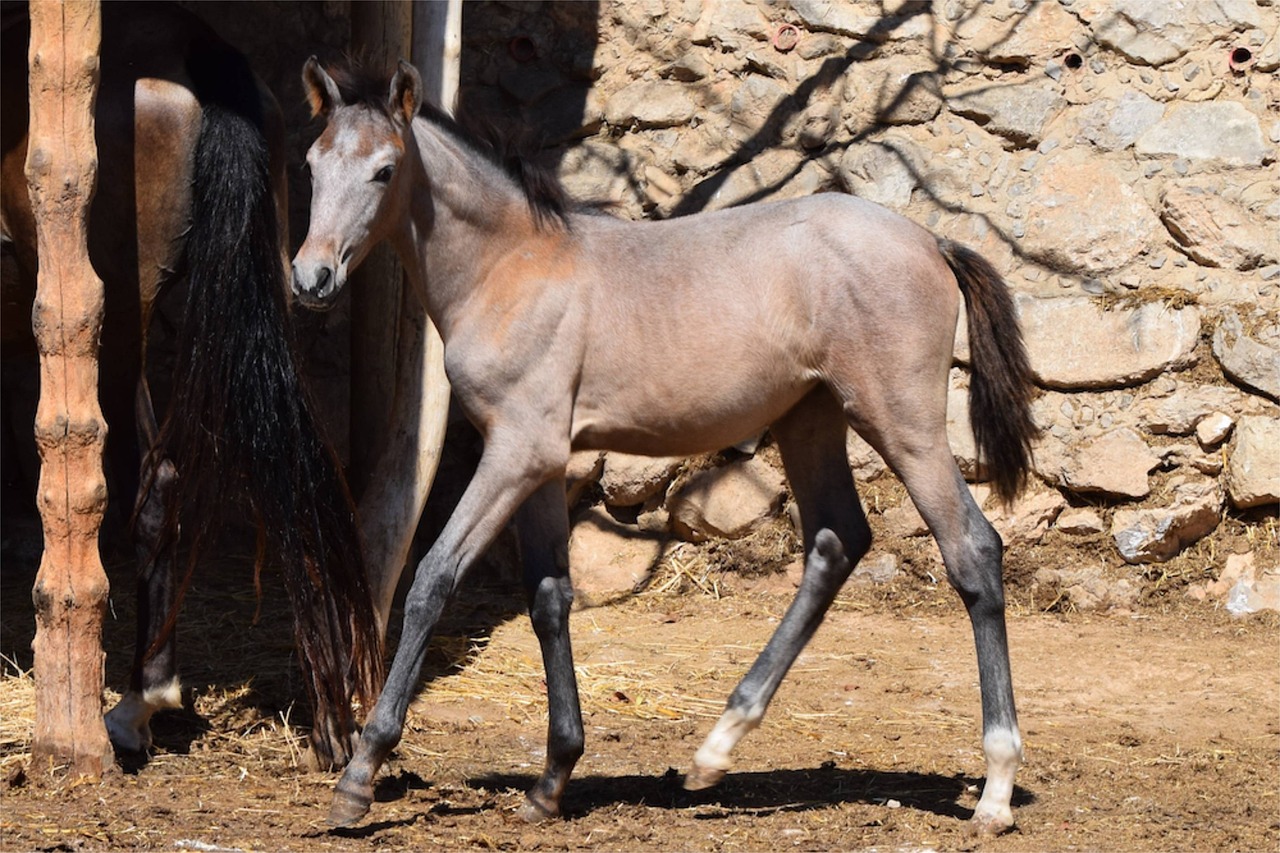
Establishment of Spanish Rule
After the conquest of the Inca Empire, Francisco Pizarro swiftly moved to establish Spanish rule in the newly conquered territories. With the fall of the Inca civilization, Pizarro and his men faced the monumental task of governing the vast lands they had conquered. The establishment of Spanish rule marked a significant shift in power dynamics, as the Spanish sought to exert control over the indigenous population and exploit the region's abundant resources.
To solidify their authority, the Spanish implemented a system of colonial administration that aimed to centralize power and ensure compliance with Spanish laws and regulations. Pizarro oversaw the division of land among his men, granting encomiendas that allowed them to extract tribute from the native population in exchange for protection and Christianization. This system of forced labor and tribute collection became a cornerstone of Spanish rule in the region, leading to the exploitation and subjugation of the indigenous people.
Furthermore, the Spanish introduced new forms of governance, imposing their legal and social structures on the conquered territories. They established administrative centers, such as the city of Lima, as hubs of Spanish authority and control. The imposition of Spanish language, religion, and customs further reinforced the dominance of Spanish culture in the region, eroding the traditional practices and beliefs of the native population.
Despite the efforts to consolidate Spanish rule, resistance from the indigenous population persisted. Rebellions and uprisings against Spanish oppression were frequent, as the native people fought to preserve their autonomy and resist the encroachment of foreign powers. The brutal tactics employed by the Spanish to suppress dissent and maintain control only fueled further resentment and resistance among the indigenous communities.
In the wake of Pizarro's conquest and the establishment of Spanish rule, the social and cultural landscape of the region underwent profound changes. The legacy of Spanish colonization and the enduring impact of Pizarro's conquest continue to shape the history of South America, highlighting the complex and often contentious interactions between different cultures and civilizations.
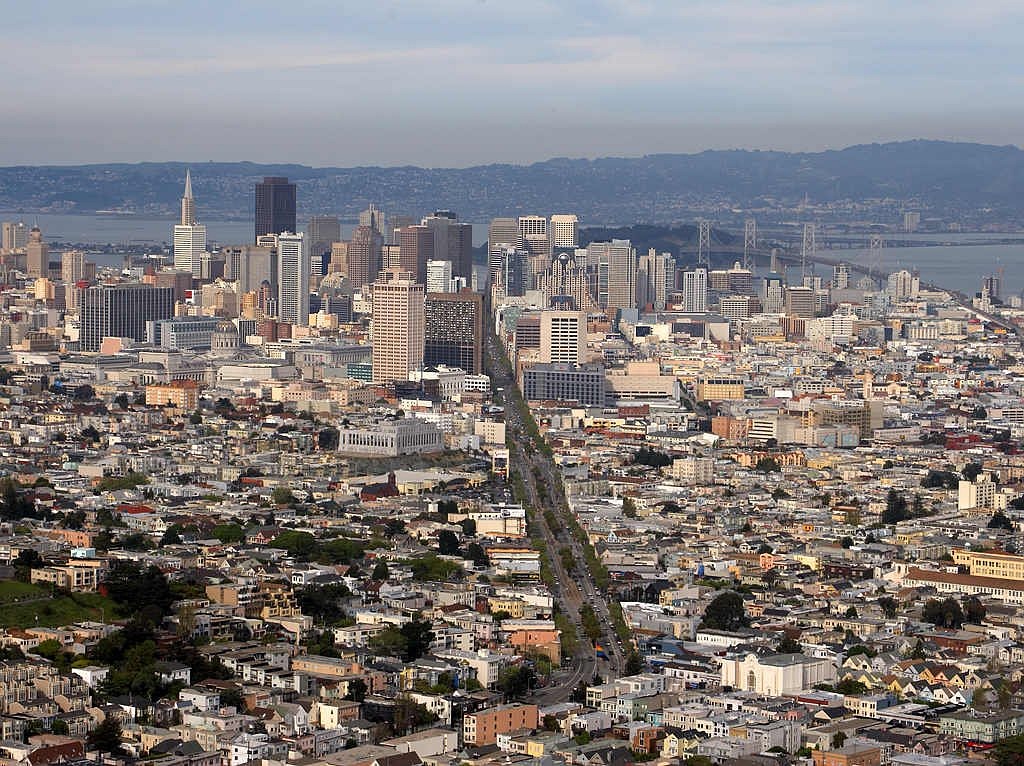
Legacy and Controversies
Francisco Pizarro's conquest of the Inca Empire left a lasting legacy that continues to spark debates and controversies to this day. While he is often hailed as a daring explorer and a key figure in the Spanish colonization of South America, his methods and treatment of the indigenous population have been heavily criticized.
One of the most significant controversies surrounding Pizarro is his ruthless approach towards the Inca people. His military campaigns were marked by brutality and violence, leading to the loss of countless lives and the destruction of a rich and vibrant civilization. The Inca Empire, once a powerful and sophisticated society, was reduced to ruins under Pizarro's rule.
Despite the wealth and power he acquired through his conquest, Pizarro's legacy is tarnished by accusations of greed and cruelty. The Spanish conquistador's quest for gold and glory came at a high cost, both in terms of human suffering and cultural devastation. His actions have been condemned by many as a dark chapter in the history of colonialism.
On the other hand, supporters of Pizarro argue that his expeditions paved the way for Spanish dominance in the region and laid the foundations for the spread of European civilization in the New World. They view him as a visionary leader who played a pivotal role in shaping the course of history, albeit through controversial means.
The debate over Francisco Pizarro's legacy raises important questions about the ethics of conquest and the impact of colonialism on indigenous peoples. It forces us to confront the complexities of history and consider the consequences of actions taken in the pursuit of power and wealth.
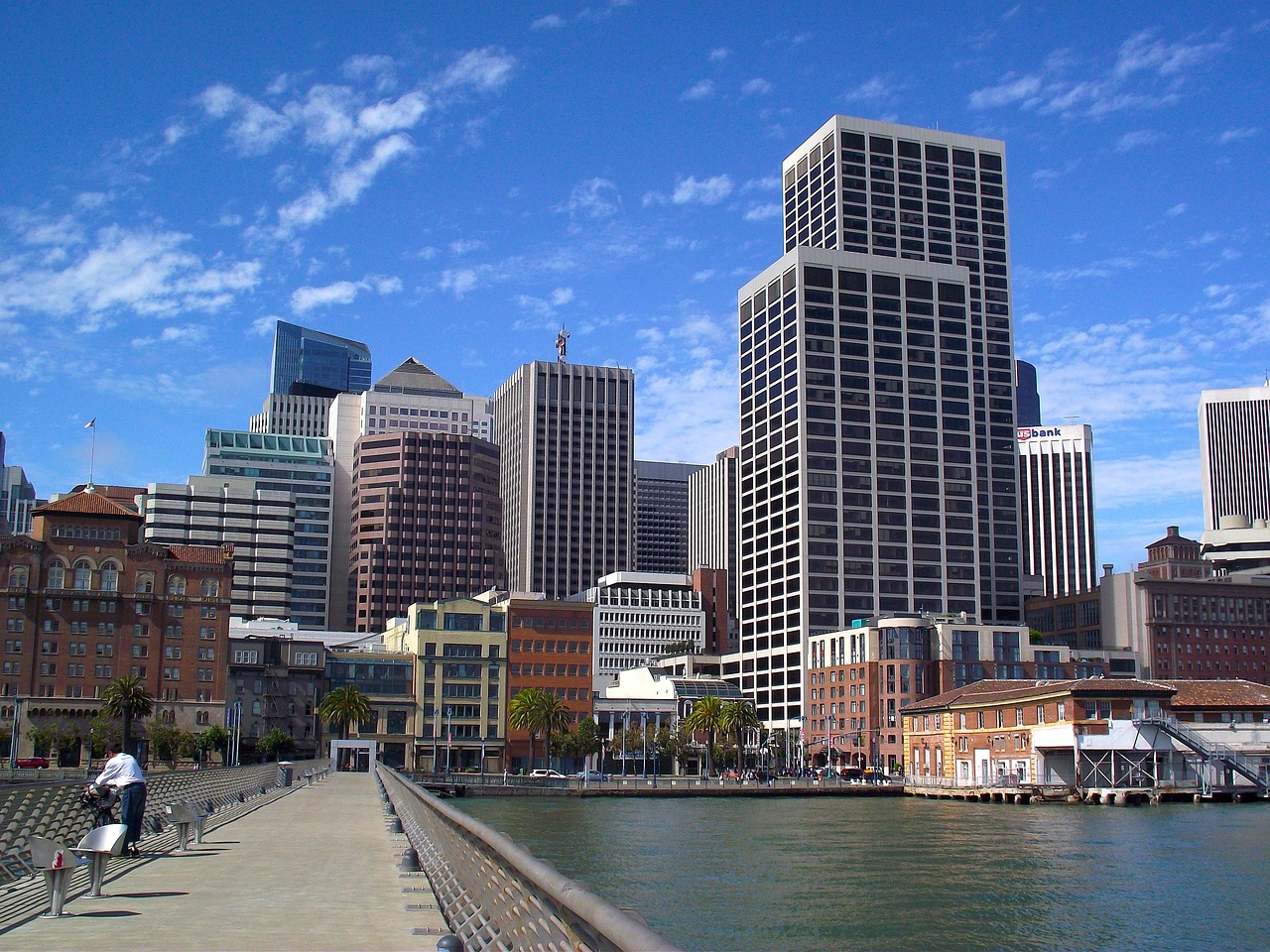
Exploration and Expansion
Francisco Pizarro's expeditions to South America were not just about conquest but also about exploration and expansion. His ventures into the unknown territories of the New World paved the way for Spanish colonization and the spread of European influence in the region. Pizarro's thirst for discovery led him to navigate through treacherous waters, brave uncharted lands, and engage with diverse cultures.
As Pizarro ventured deeper into the heart of South America, he encountered not only the riches of the Inca Empire but also the vast potential for further exploration and expansion. His conquests opened up new trade routes, established Spanish presence in the region, and set the stage for future colonization efforts. Pizarro's expeditions were not just about claiming territories but also about uncovering the mysteries of the unexplored lands.
Moreover, Pizarro's expeditions were part of a larger wave of Spanish exploration and expansion during the Age of Discovery. His conquests in South America contributed to the broader Spanish efforts to map unknown territories, establish trade networks, and expand their empire across the seas. Pizarro's role as a conquistador was not just limited to military conquests but also encompassed the spirit of exploration and adventure that defined the era.
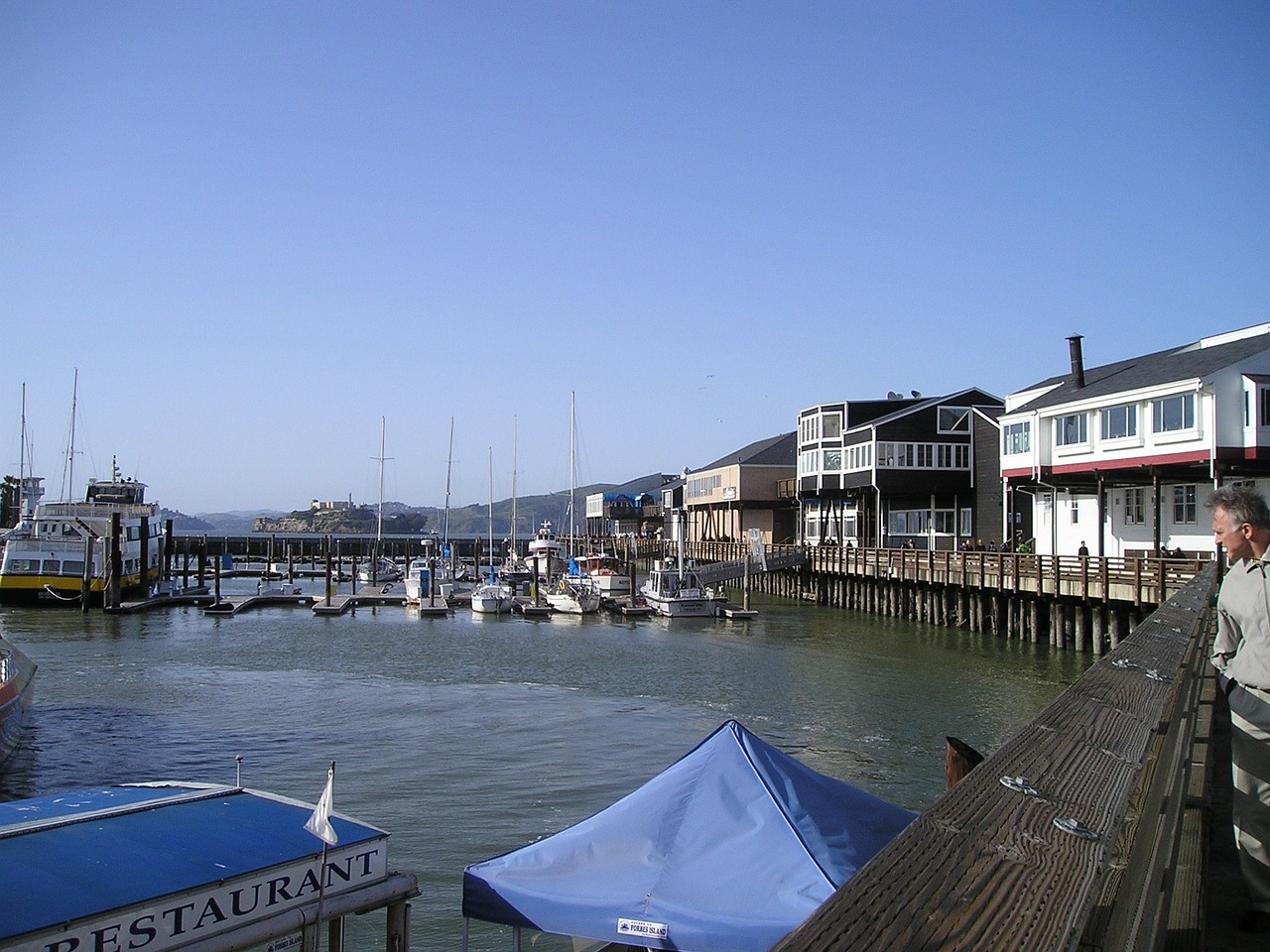
Final Years and Death
As Francisco Pizarro entered his final years, he found himself embroiled in a bitter power struggle with his rivals and former allies. The once celebrated conquistador faced increasing opposition and betrayal, leading to a tumultuous period marked by political intrigue and violence.
Despite his past successes, Pizarro's grip on power began to slip as factions vied for control of the Spanish colonies in South America. His authority weakened, and he struggled to maintain order amidst the chaos and shifting loyalties within his own ranks.
As tensions escalated, Pizarro's enemies saw an opportunity to eliminate the aging conqueror once and for all. In a shocking turn of events, a group of conspirators led by Diego de Almagro, a former ally turned adversary, launched a daring attack on Pizarro's residence in Lima.
The violent confrontation that ensued culminated in Francisco Pizarro's tragic death on June 26, 1541. The once mighty conqueror met a violent end at the hands of his enemies, bringing an abrupt and bloody conclusion to his storied life of conquest and ambition.
His assassination sent shockwaves throughout the Spanish Empire and marked the end of an era in the history of South America. Pizarro's death symbolized the brutal and unforgiving nature of power struggles in the tumultuous world of 16th-century colonialism.
Despite his controversial legacy, Francisco Pizarro's life and death remain a poignant reminder of the complex and often brutal realities of conquest and empire-building in the age of exploration.
Frequently Asked Questions
- Who was Francisco Pizarro?
Francisco Pizarro was a Spanish conquistador known for his conquest of the Inca Empire in Peru during the 16th century. He played a significant role in the Spanish colonization of the Americas.
- What were Francisco Pizarro's early experiences?
Pizarro's early life was marked by poverty and hardship. He grew up in Trujillo, Spain, and worked as a swineherd before joining expeditions to the Americas.
- How did Pizarro defeat the Inca Empire?
Pizarro used a combination of military tactics, alliances with rival Inca factions, and the capture of Inca Emperor Atahualpa to defeat the Inca forces and establish Spanish dominance.
- What was the impact of Pizarro's conquest on the Inca Empire?
The conquest led to the downfall of the Inca Empire, the imposition of Spanish colonial rule in Peru, and the decimation of the indigenous population through disease, warfare, and forced labor.
- What controversies surround Francisco Pizarro?
Pizarro's actions, including the execution of Atahualpa and the brutal treatment of the Inca people, have sparked debates about the ethics of European conquest and colonization in the Americas.
- How did Francisco Pizarro's legacy shape the history of South America?
Pizarro's conquest paved the way for Spanish domination of the region, leading to centuries of colonial rule, cultural assimilation, and the exploitation of indigenous resources.



